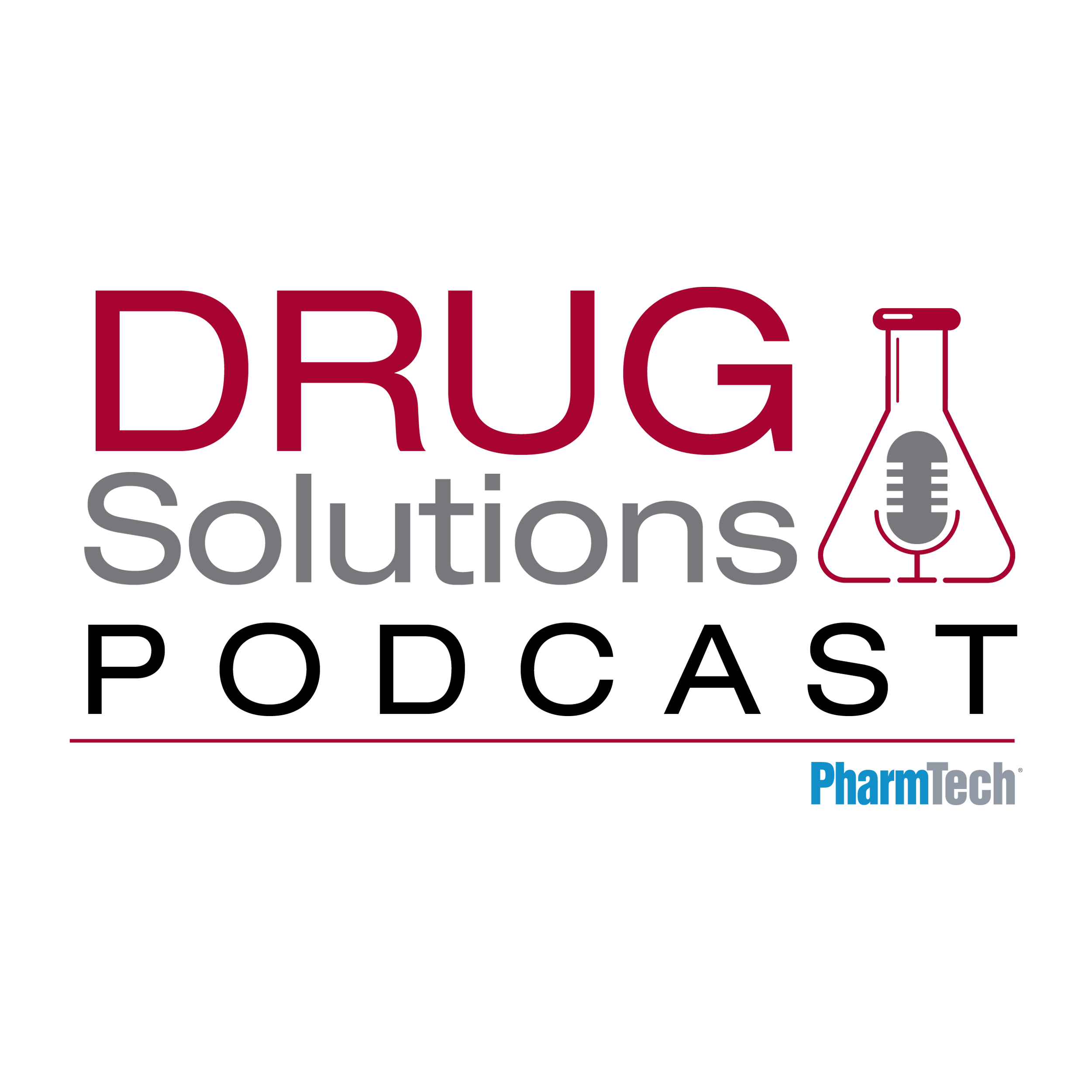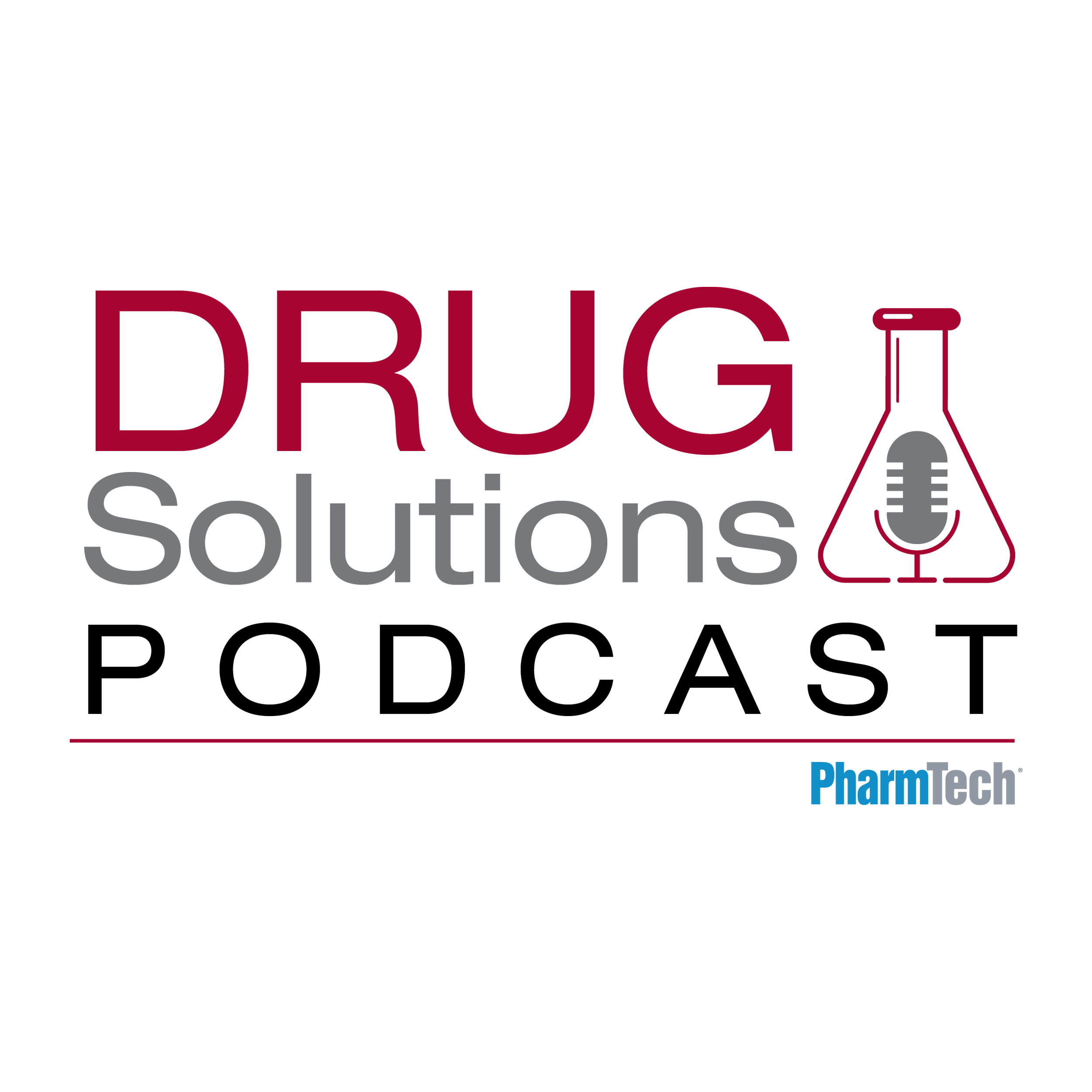News
Article
FDA Moves to Modernize Drug Review Process
Author(s):
CDER Director Janet Woodcock is finalizing this more streamlined approach process for evaluating new drugs to handle the surge in drug application submissions.
Under a new “knowledge management” approach for the Center for Drug Evaluation and Research (CDER), manufacturers will submit applications that present data on drug safety and efficacy in a structured format. The data then can be transmitted to teams of FDA experts from multiple disciplines for timely and efficient assessment. The aim is to shift away from long, narrative documents filed in PDF format that are repetitive and obscure important issues and toward assessment teams that will examine data to answer key questions relevant to the product under review.
This effort to modernize the review of clinical data for new drug applications (NDAs) and biologics license applications (BLAs) parallels changes in the format and review of manufacturing and quality data submitted to CDER’s Office of Pharmaceutical Quality (OPQ). Similar approaches also are being implemented for assessing pharmacologic studies for generic drugs to avoid multiple review cycles.
CDER Director Janet Woodcock is finalizing this more streamlined approach process for evaluating new drugs in order to be able to handle the surge in submissions that reflects important advances in biopharmaceutical science, as well as the digital revolution that has expanded exponentially the data and information supporting biomedical research. Our understanding of clinical pharmacology, she commented at the recent Biostatistics Industry & Regulator Forum sponsored by the Drug Information Association (DIA) and FDA, and the vast amount of data from gene sequencing, requires “a new approach” for providing an assessment-not a review-of drug applications.
FDA hopes that this process, moreover, will make new treatments more affordable. The aim is to find out early if patients will be better off or not from access to a new therapy, Woodcock observed, acknowledging that greater scrutiny of drug value currently is a major topic of debate.
To be able to assess more applications for increasingly complex medicines, review teams will identify key issues during the investigational new drug (IND) stage to focus on them efficiently and with appropriate expertise. New drug review teams will consult with experts from CDER statistical groups, clinical pharmacology, and OPQ as needed. OPQ has been implementing a team approach to assessing the manufacturing; chemistry, manufacturing, and controls (CMC); and microbiology aspects of new drugs and generics to reach early agreement on key risks and issues in need of further scrutiny. The resulting assessment document will present a benefit/risk evaluation, the drug development program, key issues, and recommendations, aiming to create a more transparent process that is more useful for advisory committees.
This approach aims to finish the initial assessment midway through the review period to leave ample time for FDA and the manufacturer to discuss post-market research commitments, including the need for a Risk Evaluation and Mitigation Strategy (REMS), well before approval deadlines. This will lead to “high quality, more uniform work products,” Woodcock said, “with fewer surprises and last-minute changes.”
At the same time, Woodcock is reorganizing CDER’s Office of New Drugs (OND) to increase the number of review offices and establish a centralized project management group and a new policy office. These changes will support a more automated CDER work flow management system based on standard processes and protocol assessment templates. OND is trying out the new team approach on a few applications and hopes to have it in place by the end of this year.
Looking to the long-term, Woodcock envisions the data-based assessment process will provide a model to reform how CDER manages post-market safety information. Eventually data submitted by sponsors may move to the “cloud” in standardized formats to facilitate data exchange and analysis. These innovations reflect a “big cultural change” that will take some time to accomplish, Woodcock acknowledged. But with the rise of patient-focused drug development, genetic targeting to treat rare conditions, demand for greater transparency in the regulatory process, and more startup biotech companies focused on innovation, she believes that FDA needs new approaches for dealing with these and future challenges.
Newsletter
Get the essential updates shaping the future of pharma manufacturing and compliance—subscribe today to Pharmaceutical Technology and never miss a breakthrough.





